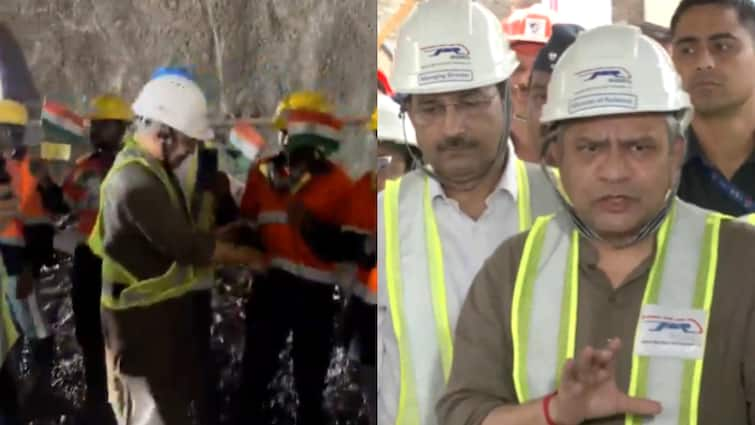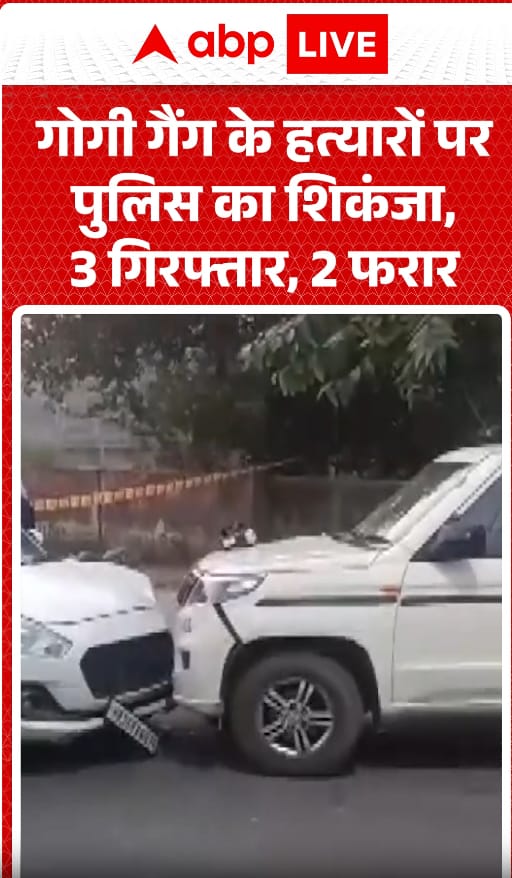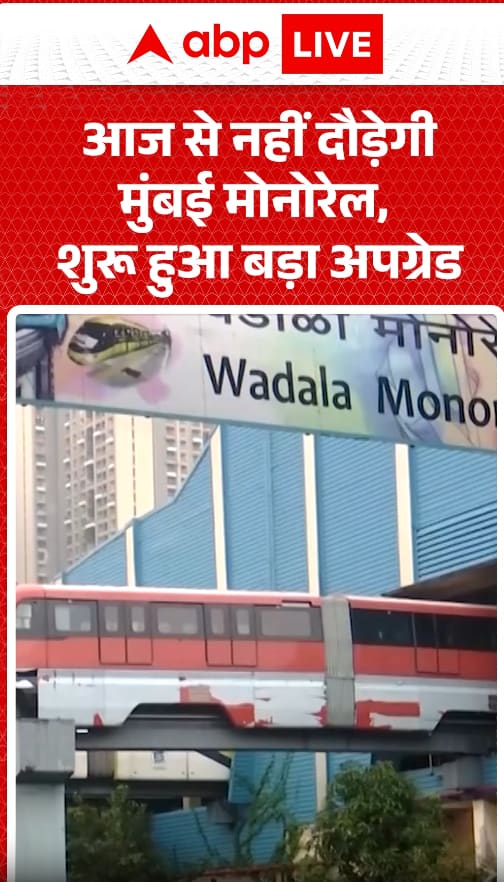Mumbai has inched closer to its dream of high-speed rail connectivity with Ahmedabad as a significant milestone was achieved on Saturday in India’s first bullet train project.
Union Railway Minister Ashwini Vaishnaw announced that engineers successfully completed excavation for a 4.88-kilometre tunnel between Shilphata and Ghansoli, part of the Mumbai–Ahmedabad High-Speed Rail (MAHSR) corridor. The breakthrough, achieved through a controlled blast at the Ghansoli shaft, marks crucial progress on the country’s most ambitious transport initiative.
“Today, we’ve crossed an important milestone in the bullet train project. A section of the undersea tunnel beneath the creek between Mumbai and Thane has achieved a breakthrough. This development is a big step forward for the entire project,” Vaishnaw said while visiting the site.
#WATCH | Mumbai | On Mumbai-Ahmedabad bullet train project, Union Minister Ashwini Vaishnaw says, “During peak hours, morning and evening, trains will run every half hour. Initially, trains will run every half hour during peak hours. Later, when the entire network stabilizes,… https://t.co/ymmeUqZgLI pic.twitter.com/vInNhRVQgo
— ANI (@ANI) September 20, 2025
Inside the Tunnel Work
The new tunnel lies within a 21 km underground stretch connecting Mumbai’s Bandra-Kurla Complex (BKC) to Shilphata, including a 7 km portion beneath Thane Creek. Built using the New Austrian Tunnelling Method (NATM), the tunnel has an internal width of 12.6 metres and will eventually form a single-tube, twin-track corridor with a 13.1-metre diameter.
#WATCH | Bullet Train Tunnel Breakthrough | Navi Mumbai, Maharashtra: Minister of Railway, Ashwini Vaishnaw met workers after the breakthrough event of N2TA & N3TM Section.
(Video Source: NHSRCL – National High Speed Rail Corporation Limited) pic.twitter.com/K1xLEJWnzJ
— ANI (@ANI) September 20, 2025
Excavation began in May 2024, carried out in three phases. A 2.7 km section was completed in July, aided by an intermediate access tunnel (ADIT) that allowed teams to dig simultaneously from both sides. Safety measures such as settlement markers, inclinometers, piezometers, and controlled air supply ensured worker safety throughout the challenging operation.
The next steps will involve waterproofing, lining, finishing works, and equipment installation. The remaining 16 km of tunnelling will be executed using tunnel boring machines (TBMs).
According to the National High-Speed Rail Corporation Limited (NHSRCL), over 321 km of viaducts, 398 km of piers, and 17 river bridges have already been completed. Work is also advancing on nine steel bridges, while more than four lakh noise barriers have been installed across 206 km.
Track-bed construction now covers 206 km, and over 2,000 masts for overhead equipment have been set up along 48 km of the mainline viaduct. The Sabarmati terminal in Ahmedabad is also nearing completion.
Transforming Travel and Regional Growth
Once operational, the 508 km corridor will slash travel time between Mumbai and Ahmedabad to just 2 hours and 7 minutes. The route will connect major urban hubs including Thane, Vapi, Surat, Vadodara, and Anand, unlocking new economic opportunities along the western corridor.
Vaishnaw highlighted that the bullet train will redefine intercity travel in India:
“During peak hours, trains will initially operate every 30 minutes. Once the network stabilizes, we’ll increase frequency to every 10 minutes. Imagine arriving at the station, boarding a train within minutes, and reaching Ahmedabad in just two hours, without the need for advance reservations.”
#WATCH | Mumbai | Union Minister Ashwini Vaishnaw says, “Today, an important milestone has been achieved in the Mumbai-Ahmedabad bullet train project. An undersea tunnel is being constructed beneath the creek between Mumbai and Thane… A crucial 4.8-kilometre section has… pic.twitter.com/Ya4BM5HLbU
— ANI (@ANI) September 20, 2025
Calling the project a “1 + 1 = 11” boost for regional growth, the minister said the high-speed rail will strengthen connectivity and stimulate development across Maharashtra and Gujarat.



